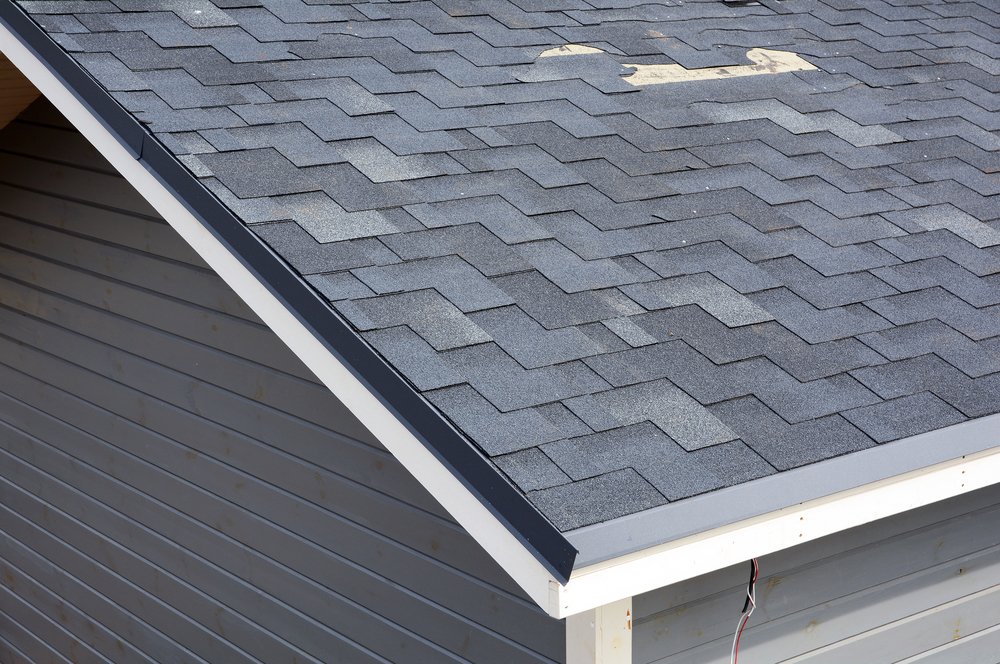A stormy, rainy day is enough to bring anyone’s mood down, but the dreaded sound of wet tapping on the floor is a whole other beast.
No homeowner wants to go rushing to the kitchen for a pot or bucket whenever a random roof leak begins to make a puddle. Controlling a leak like this is stressful enough in the moment. However, an inconsistent roof leak is often a sign of a more significant issue. If you can identify the source of the roof leaks yourself, you could be saving a lot of money, and you could find that the problem is solvable without a professional. The source of intermittent roof leaks can be challenging to track simply because the problem could have been caused by very specific conditions. A repair technician is trained to spot the signs of a leak, and it’s root cause, such as dampness or water damage stains. They will be able to give you guidance and the best course of action to maintain your roof in case of a future leak.Horizontal Rainfall
If your home has experienced several rainy days already and begins to leak suddenly, this could be due to the direction or angle of the rain. Horizontal rain is made by a combination of heavy rainfall and strong winds, allowing the water to collect beneath your shingles more easily than a day of rain without wind gusts. Your shingles have been engineered to let water hit it at a 90-degree angle. It will run down the side to prevent water from finding its way in and causing roof leaks. It is when the water impacts it at a parallel that rain can find its way through any cracks you may not have noticed beforehand.Heavy Rainfall
Your roof is designed to let the rain run off the side and into the gutter for a guided trip away from your home. Sometimes though, the volume of water it is forced to carry can be overbearing. If a particularly harsh storm comes your way, the gutters may not be able to keep up and could overflow, allowing water to sit on your roof long enough to seep through. In this scenario, the rain will likely find weak spots and begin to leak inside.General Wear
Whether your roof is two years old or two decades old, a variety of issues could surface if a particular area has become worn due to environmental damage. Older roofs are certainly more susceptible to leaks due to weak spots that have been developing for a longer time. A roofing technician can locate these for you and give you the best advice based on the condition and possible cause.Sometimes the leaks just continue to persist due to a very worn roof with too many cracks to fill. This may mean that a new roof is the best option to avoid further water damage around the home’s interior. If you live in a region that experiences frequent heavy rainfall or strong wind gusts, tile shingles could be a better option rather than asphalt shingles to protect against the elements.
Subscribe to Amos Exteriors's Blog






Comments